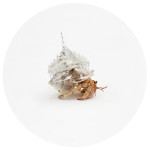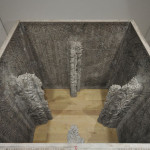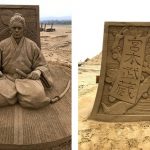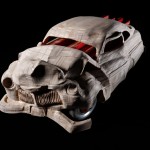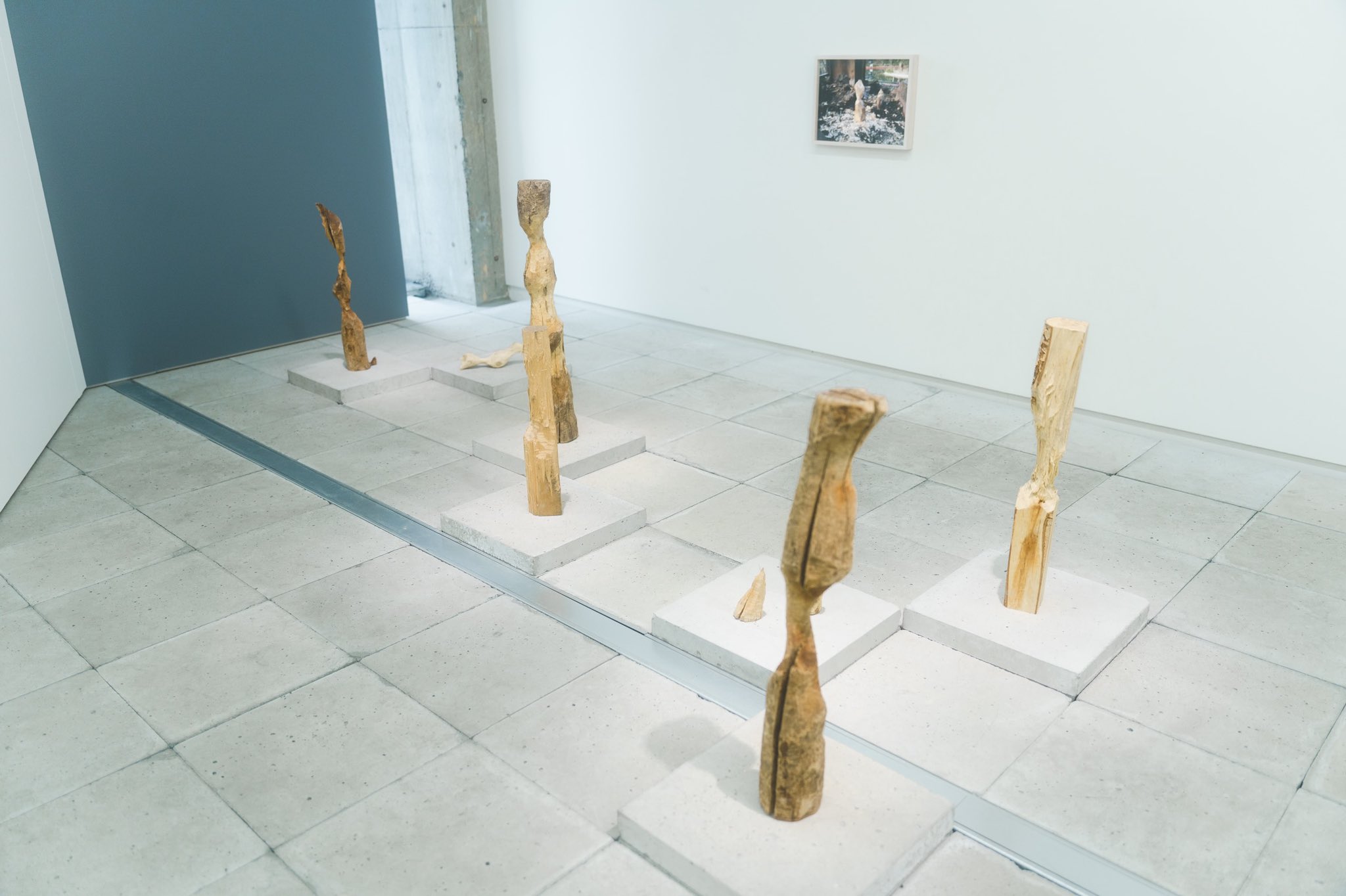
installation photo by Takumi Gunji
At the Contemporary Art Foundation in Tokyo recently, a number of monumental wooden carvings were artfully aligned along the tiled concrete floor. Bulging on the ends and contracting towards the middle like a dumbell, the ragged carvings were part of an exhibition by artist Aki Inomata titled “How to Carve a Sculpture.” In a corner, a similar carving was placed sideways on the floor surrounded by wood chips, clear remnants of the process. But what exactly was the process? And what is the intent of the artist? Visitors soon learn that the carvings are actually the work of beavers whom the artist had enlisted as production assistants with help from several zoos around Japan.
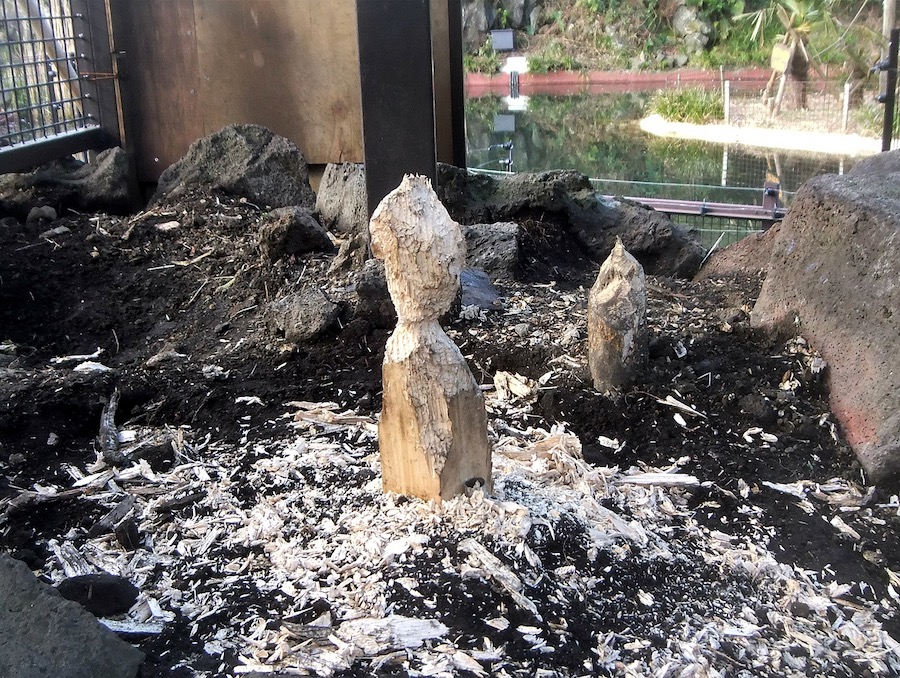
A wood sculpture bitten by a beaver (Genie, b.2015), Photo: Naomi Ito, Production Assistance: Izu Shaboten Zoo
“Beavers, like humans, are one of the few animals that actively modify their environment, reforming it to suit their own requirements,” says Aki Inomata, who previously created 3D-printed architectural shells for hermit crabs. A continuous theme throughout the artist’s practice is how the act of “making” is not exclusive to mankind, which leads her to collaborate with living creatures. Beavers chew on trees, sharpening their constantly-growing teeth, and then use the felled wood as building materials for dams or to create lodging.
So are these wooden sculptures art? And if so, who is the artist? Is it the beaver? Is it Inomata? The shapes of these carvings are also a result of the specific types of wood. Beavers will carve around tough and brittle sections of grain so one could also argue that the wood has provided its own set of instructions to follow.
As if stoking the flames of ambiguity further, Inomata has also procured two replicas of the beaver carvings, enlarged three-fold to make up for the difference in size between humans and beavers. One replica was made by wood sculptor Yumi Takeno, whose own judgement and creativity come into play whether they like it or not. Another replica was created by a CNC milling machine, which simply follows a pre-programmed path made up of data.
So how do you carve a sculpture? Much in the same way the wood is left to the beaver, the question is left to the viewer, with Inomata offering a unique perspective into our interactions with living creatures and the relationship between humans and animals.
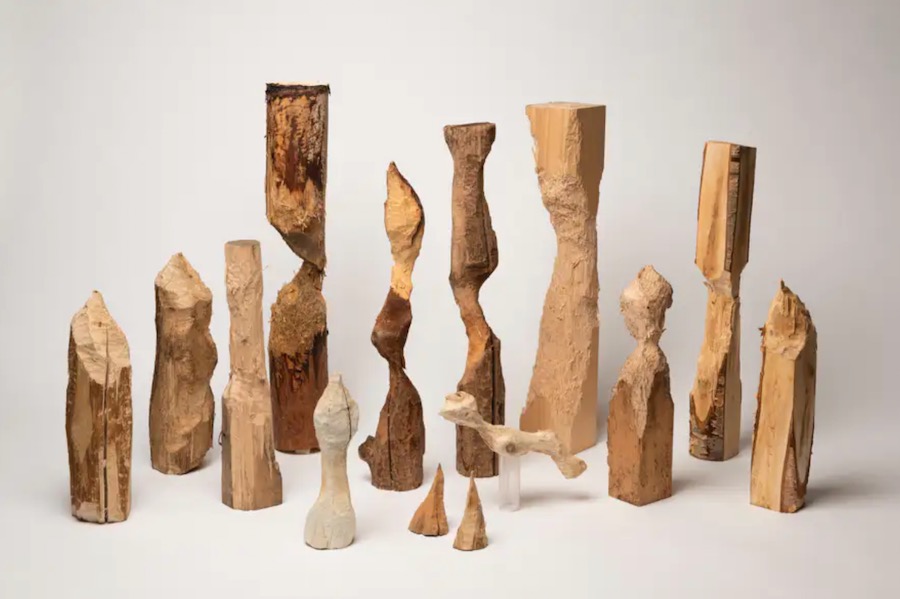
wood sculpture bitten by beavers. Production Assistance: Izu Shaboten Zoo, Nasu Animal Kingdom, Sendai Umino-Mori Aquarium, Hamura Zoo and Iida City Zoo
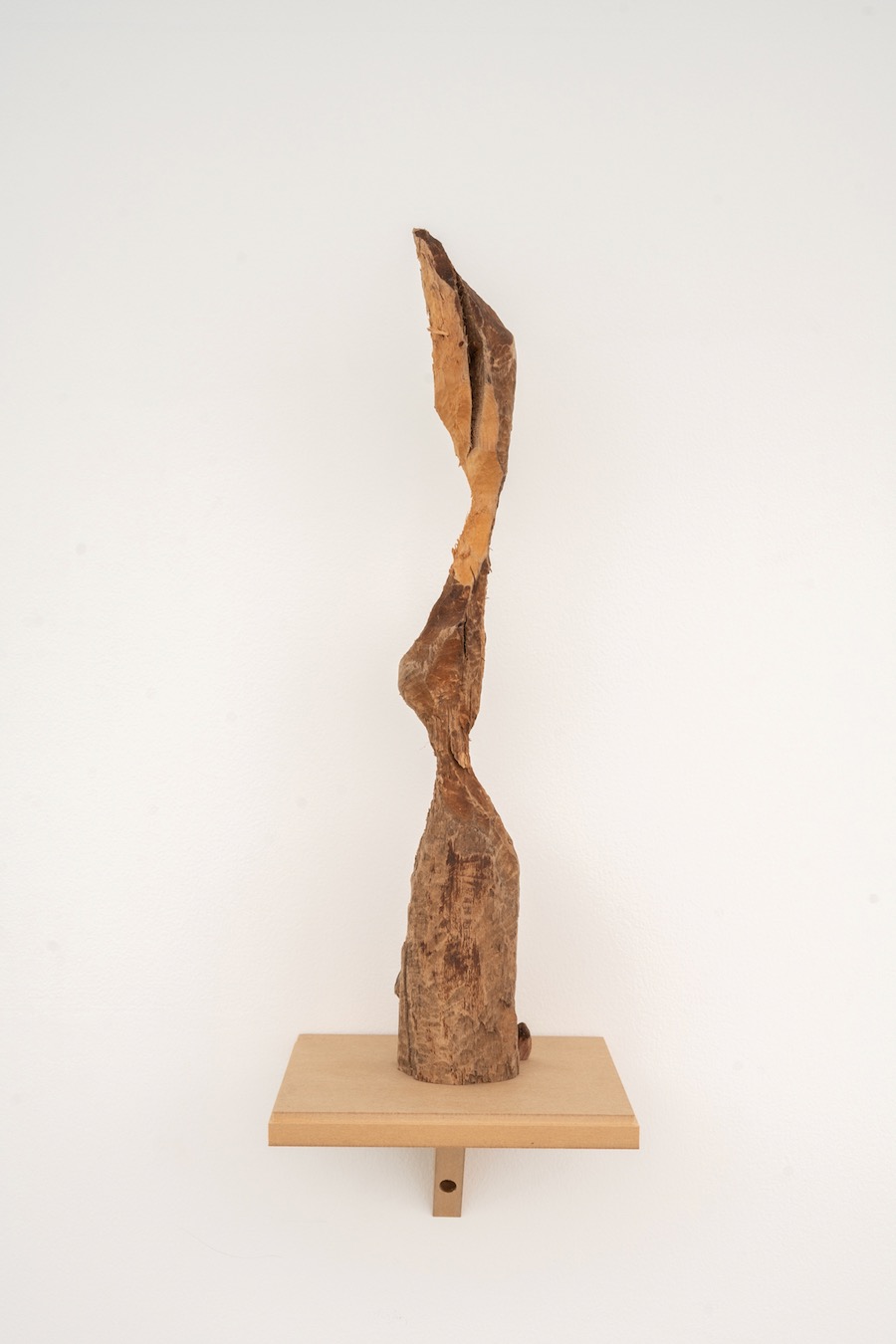
Photo: Kuniya Oyamada
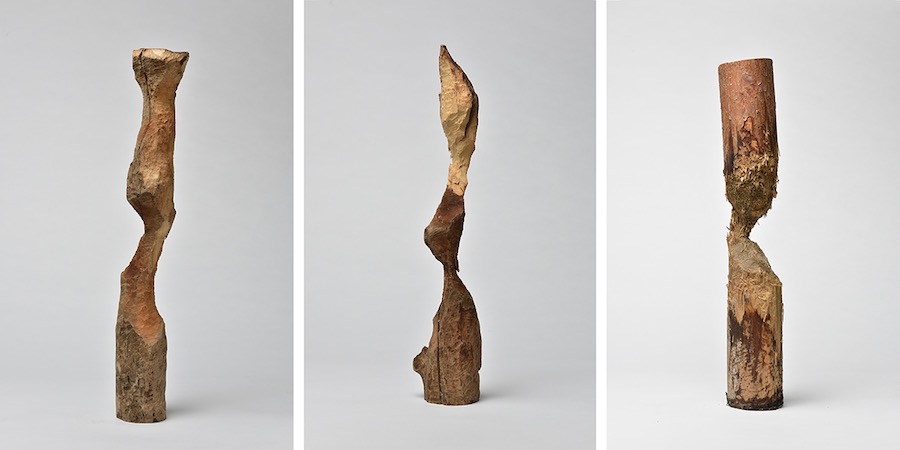
By Yuzu(b.2011), By Komeko(b.2006), Production Assistance: Hamura Zoo, Iida City Zoo
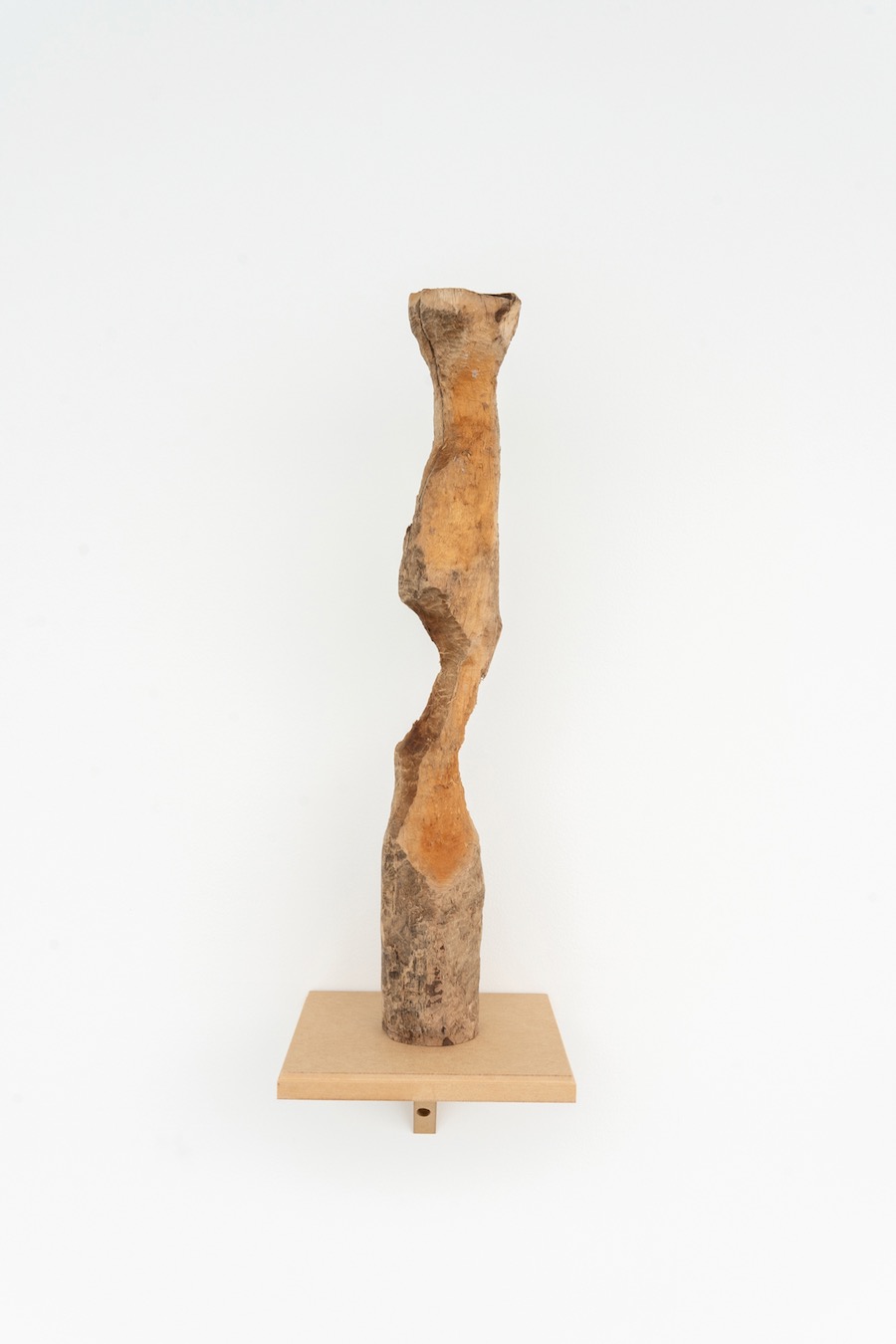
Photo: Kuniya Oyamada
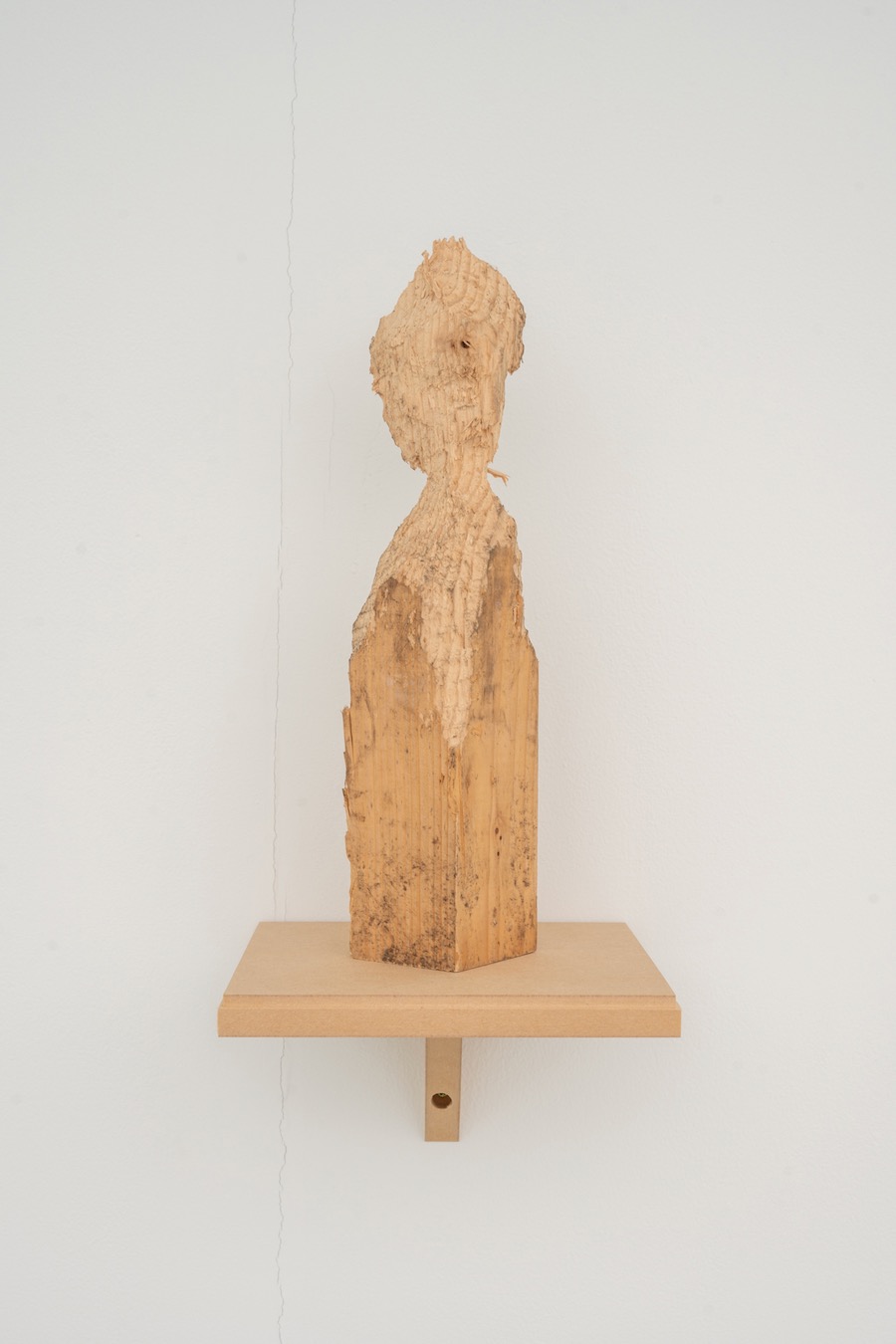
Photo: Kuniya Oyamada
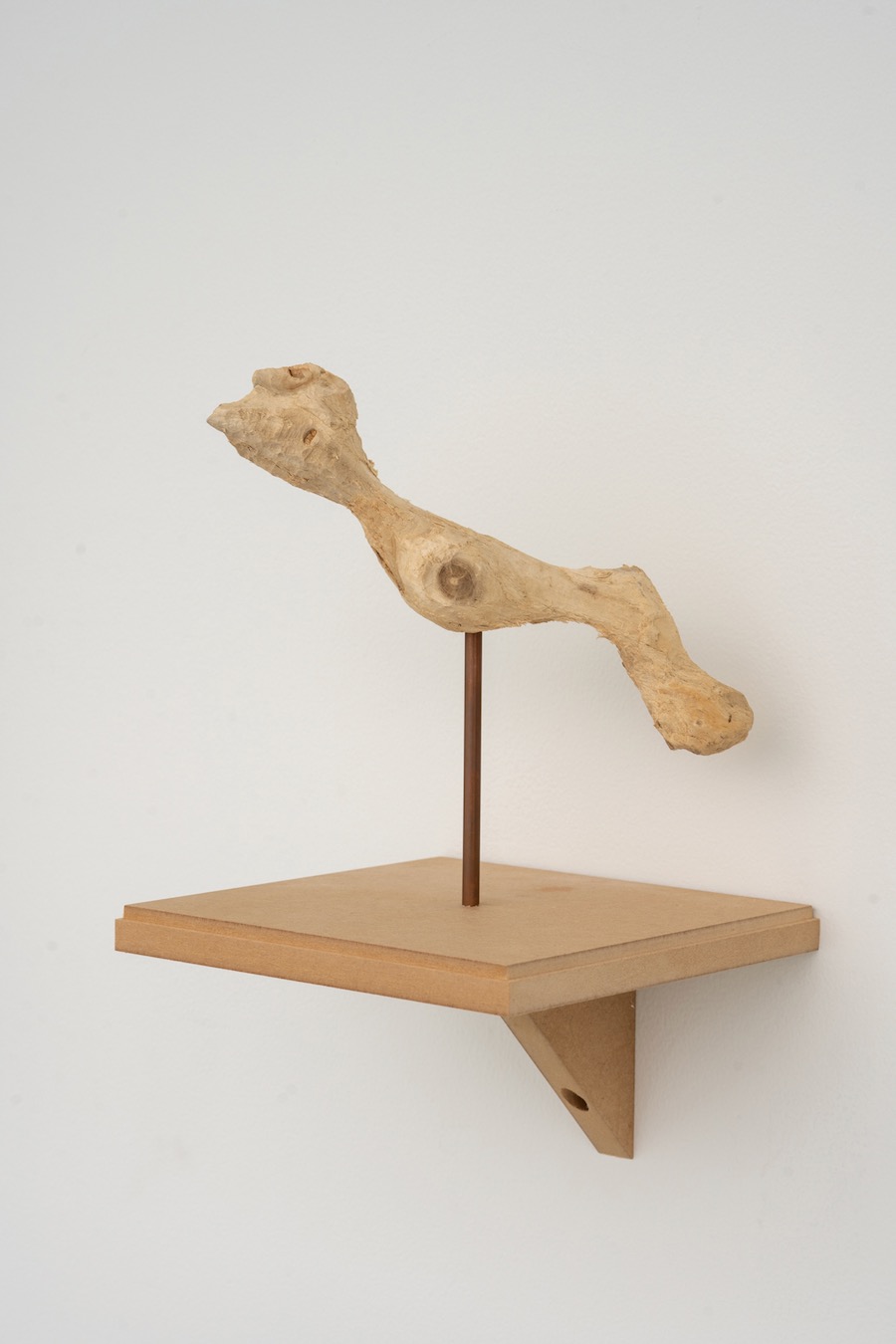
Photo: Kuniya Oyamada
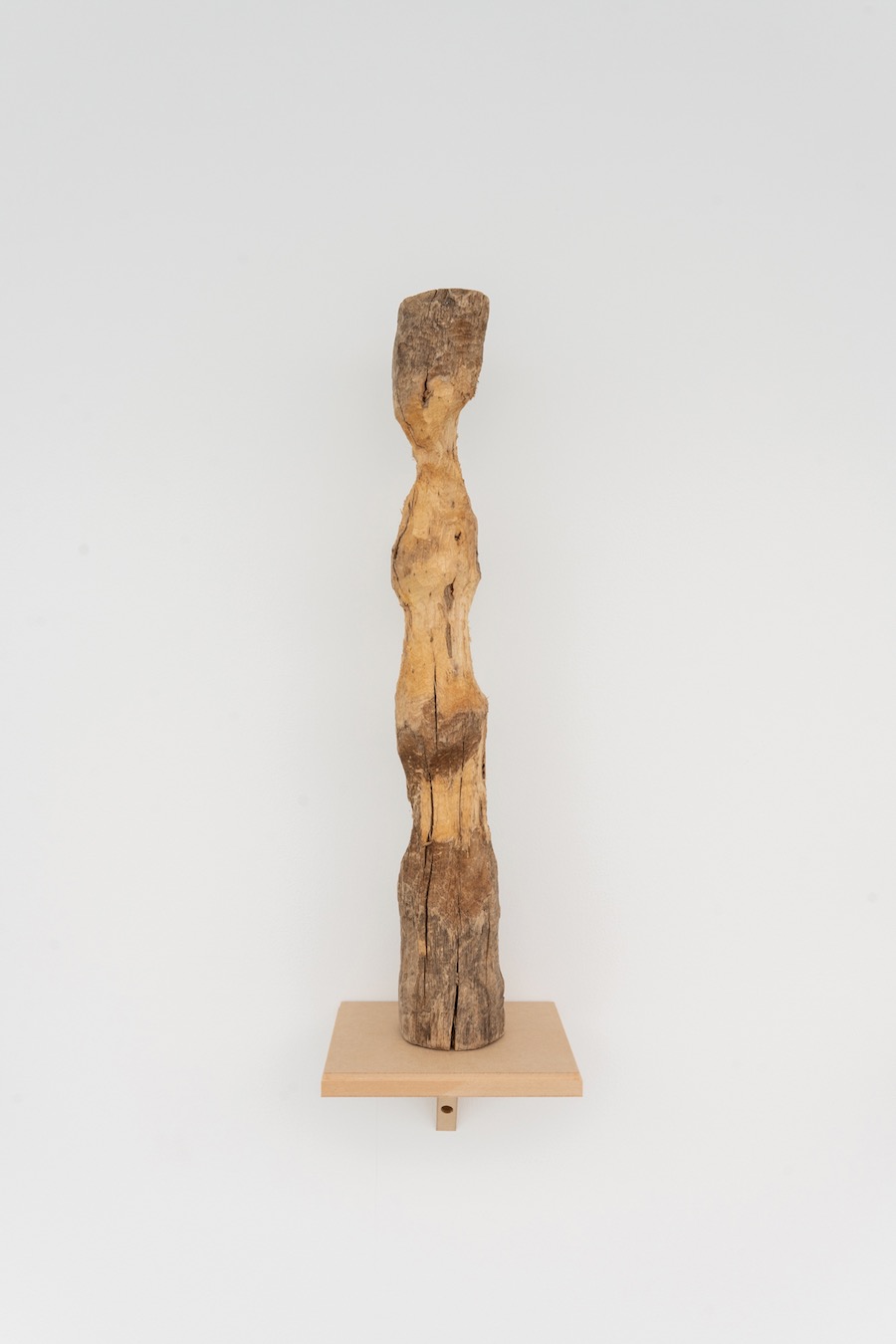
Photo: Kuniya Oyamada
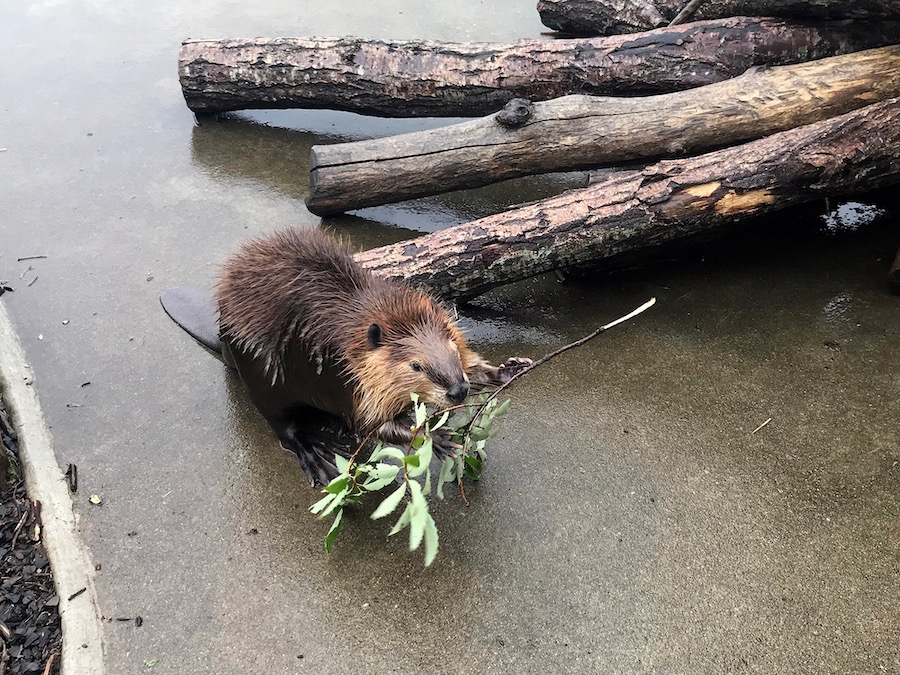
A beaver (Taiyo, b.2014), Production Assistance: Nasu Animal Kingdom


